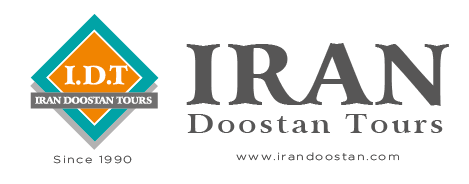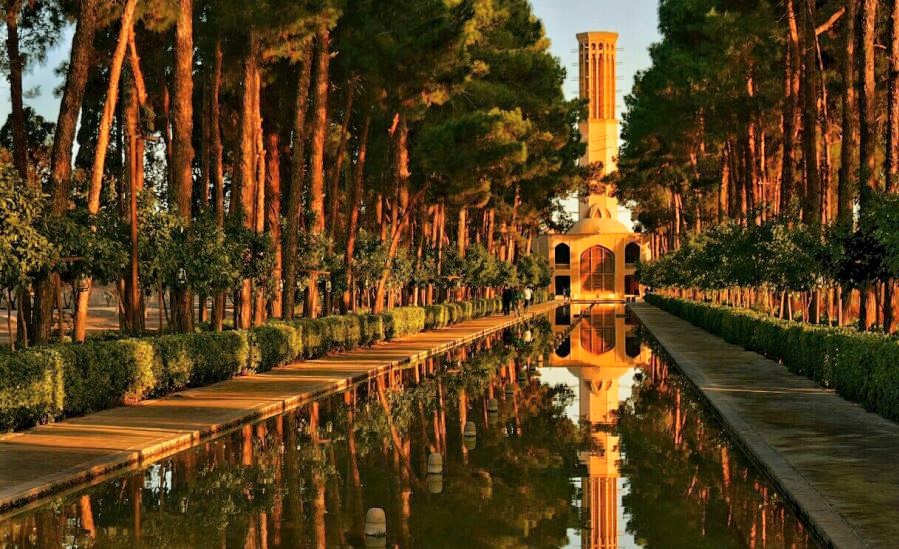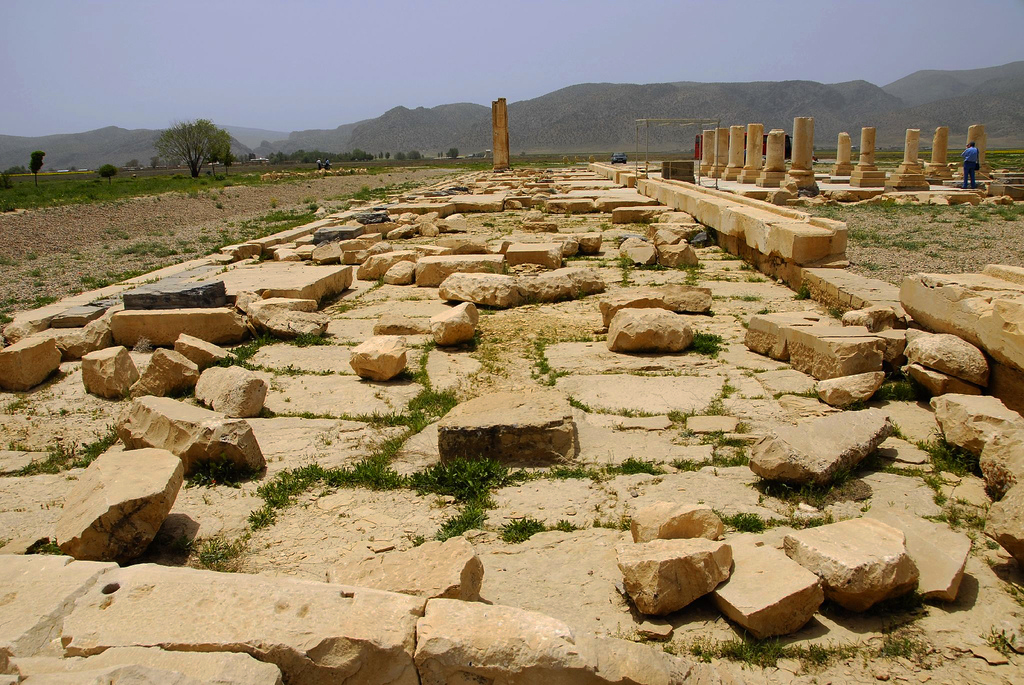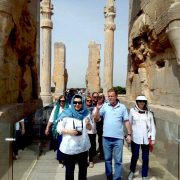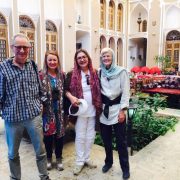Eram Garden, Shiraz: Photos, History, Opening Hours, Price
Shiraz Eram Garden is among the most beautiful Persian gardens in Iran. It is such a unique and gorgeous garden that is inscribed on UNESCO World Heritage Sites. In the holy book of the Quran, Eram is described as the paradise prepared for the blessed ones. It has a great atmosphere surrounded by tall cypress trees, fragrant flowers, and aromatic sour orange trees. Moreover, the sound of birds singing in the green space of the garden brings peace and quiet to the tourists, and it is quite pleasurable to have a stroll across the garden. In spring, Eram Garden catches the eye with its colorful blooms and blossoms, and it is a great tourist destination that attracts those who travel to Iran.
Eram Garden Shiraz
Eram Garden in Shiraz boasts a myriad of captivating highlights that enchant visitors with their beauty and historical significance. One of the top attractions within the garden is the stunning mansion, a masterpiece of Persian architecture adorned with intricate tilework and elaborate designs. Inside the mansion, visitors can marvel at the richly decorated rooms, each telling a story of bygone eras.
Another highlight is the tranquil reflecting pool, bordered by fragrant flowers and shaded by towering cypress trees, providing a serene spot for contemplation. The garden’s lush greenery, punctuated by colorful blooms and winding pathways, invites leisurely strolls and moments of relaxation amidst nature’s embrace.
Additionally, the soaring cypress trees, some of which are centuries old, add a sense of grandeur and timeless elegance to the landscape. For those interested in history and culture, Eram Garden offers a glimpse into Iran’s rich heritage with its blend of traditional Persian architecture and garden design.
Eram Garden History
The history of Eram Garden structured as a Persian garden, dates back to the Seljuk dynasty (approximately 400 years ago), while the old building within the garden belongs to the Qajar period. In later years, the landscape was purchased by a member of a Qashqai tribe, who built the original mansion and planted different flower and tree species.
Nasir al-Mulk purchased the garden during the Qajar period, and his son finished it after his death. Iran’s Cultural Heritage Organization protects the Eram Garden and the building as a historical landscape within the Shiraz Botanical Garden.
Eram Garden Architecture
The garden area has undergone many changes over the years. The steep slope of the land presented a challenge for building this garden, which was overcome by using stairs. The ceramic tiles on the palace in the middle of the garden are unique.
A closer look at the arch of this building will reveal short animated stories painted on the tiles. The building has elaborate architecture decorated with tiles that are designed by poems by great poets such as Hafez and Saadi. Inside this building is a precious stone museum that can be very interesting.
It also has a view of the blue pool that enhances the picturesque scene of the garden and makes the environment cool during the hot days of summer. Owing to its variety of plants, Eram Garden is popular as the botanical garden supported and managed by Shiraz University and is open to the public to enjoy its many beauties.
Eram Garden Opening Hours & Price
The opening hours of Eram Garden are subject to change on special occasions, but on regular days, the garden is open from 8:00 in the morning until 8:30 in the evening. Whether you’re planning a leisurely stroll or a family picnic, consider Eram Persian Garden Opening Hours for the best experience in a serene and picturesque environment and to make the most of your visit to Shiraz.
Keep in mind that the best time to visit Eram Garden is during the spring season. Eram Garden price for foreigners is around 3€, which could be purchased before entering the complex.
Eram Garden Address: Eram Blvd., Shiraz
Eram Garden Reviews
Everyone admires the way the garden is well maintained with lots of opportunities to sit and spend some time. Traditional Persian beverages, faloudeh, and ice cream are offered in the garden’s tea house. Traditional Persian beverages, faloudeh, and ice cream are offered in the garden’s tea house.
Many visitors found the architecture of the palace a magnificent piece of artwork, loving the fascinating photography opportunities that seem to never end. With so much to admire and appreciate in Eram Garden, it’s no wonder that visitors fall in love with this place.
Last Words
Visiting Eram Garden is an indispensable part of any journey to Shiraz, Iran. Eram Garden boasts a rich cultural heritage, with a magnificent mansion adorned with exquisite tilework and intricate Persian architecture. From its elevated terrace, visitors can savor panoramic views of the garden and beyond, providing a glimpse into Shiraz’s storied past. Only walking along the shaded pathways and encountering fountains gushing with crystal-clear water, reflecting the colorful blossoms on the trees, enhances the whole experience. Whether you’re a nature enthusiast, a history buff, or simply seeking a moment of respite from the bustling city, Eram Garden offers an unforgettable experience that captures the essence of Shiraz’s charm and allure.
Are you planning to travel to Iran? Please read things to do in Shiraz and check out our Iran tours.
